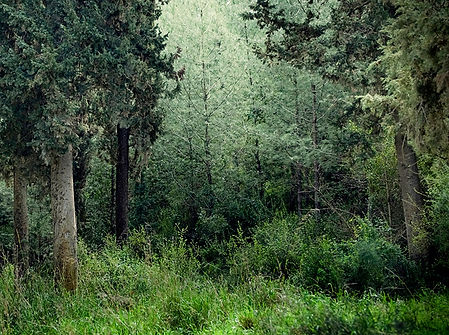



Elucidating microbial mechanisms of soil organic matter formation
Soils contain more organic carbon (C) than the atmosphere and all vegetation combined, making them a critical sink for atmospheric CO2. However, the ability of soils to maintain—let alone increase—their C sequestration capacity is threatened by climate change and land-use intensification. A primary, but elusive, factor influencing soil organic carbon (SOC) cycling is the activity of microorganisms. Microbial communities are essential for maintaining ecosystem services and nutrient cycling, but their activity also represents the single largest source of heterotrophic respiration. Improving our understanding of how various microbial pathways (catabolic respiration versus anabolic growth) and life-history traits (high growth yield-resource acquisition-stress tolerance) influence the C sequestration potential of soils is critical for improving global C cycle models. This information will help inform policy and decision-making processes, improve sustainable land management, and increase the adoption of ‘natural climate solutions’ to help decarbonize the atmosphere.
We approach questions related to soil organic matter formation and persistence using a combination of field work and lab experimentation. The focus of a current research project with collaborators at Cornell University is to advance our understanding of factors influencing carbon cycling. We collected soils from across North America to examine how diversity among (1) microbial communities, (2) dissolved organic matter, and (3) mineral surface functional groups, interactively govern SOC persistence. We are also evaluating how plant litter chemistry influences the efficiency of microbial metabolism. This work will help determine how the quantity and quality of carbon released from plant litter is governed by microbial community structure and function, with implications for ecosystem productivity and soil health.
Combining DNA sequencing, metabolite profiling, and soil biogeochemical characteristics, will advance our mechanistic understanding of soil organic carbon formation and provide quantitative underpinnings to predict SOC responses to climate change.

